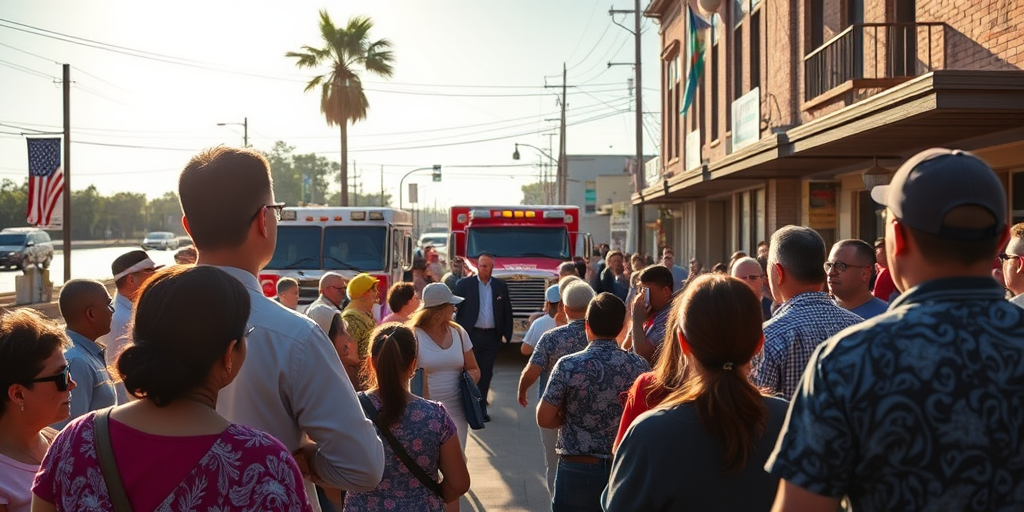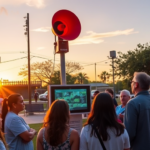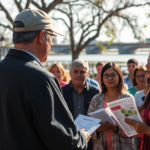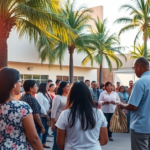Tropical Risks for Rio Grande Valley Remain Low, for Now
As the 2025 Atlantic hurricane season progresses, the Rio Grande Valley (RGV) of South Texas finds itself in a relatively calm phase with no immediate tropical threats. According to the National Hurricane Center (NHC), no tropical cyclones are expected in the Atlantic or Gulf of Mexico over the next week. This lull offers a temporary reprieve for Valley residents amidst forecasts of an above-average hurricane season projected by the National Oceanic and Atmospheric Administration (NOAA).
Quiet Period Offers Respite
The current absence of tropical cyclone activity comes as a welcome relief to communities across Cameron, Hidalgo, Starr, and Willacy counties. Reports from the Houston Chronicle and updates from the National Weather Service (NWS) confirm this quiet period. “For now, South Texas is spared from any direct tropical threats,” states the NWS office in Brownsville, emphasizing continued vigilance despite the calm.
Earlier this month, Invest 93L garnered attention as a potential threat from the Gulf but remained disorganized and veered toward the northeast, affecting areas farther away in Louisiana and Mississippi with heavy rains and minor flooding not impacting the Lower Rio Grande Valley.
Historical Risks and Preparedness
While the current outlook seems favorable, Valley residents are reminded of the region’s vulnerability to tropical disturbances. History shows even minor storms can bring significant moisture, resulting in flash flooding, especially in areas with inadequate drainage systems. Retired meteorologist John Rodriguez, who has studied the local weather for decades, noted, “The Valley’s geographical layout makes it susceptible to moisture-laden systems, even those passing distantly.”
In June, remnants of Tropical Storm Barry brought 3 to 5 inches of rain across parts of the Valley, causing temporary urban and agricultural flooding, though there were no severe wind or storm surge issues reported. Such events underscore the importance of preparedness for the rest of the season.
Looking Forward: Engaging Community Preparedness
As the region moves deeper into what is predicted to be an active hurricane season, local authorities emphasize readiness, urging residents to revisit evacuation plans and stock emergency supplies. The 2025 RGV Hurricane Guide remains a critical resource, advising actions such as clearing storm drains and understanding evacuation routes. “Preparedness should begin before a storm is on the radar,” highlights the guide, a sentiment echoed by community leaders and meteorologists alike.
In McAllen, city officials have organized workshops on hurricane preparedness, offering practical advice on safeguarding homes and property. Engagement at these community events has been robust, indicating an increased awareness and proactive approach among Valley residents.
Economic and Social Implications
An active hurricane season carries economic implications for the region, impacting everything from agriculture to commerce. Business owners in South Texas, particularly those in sectors sensitive to weather changes like farming and retail, are closely monitoring updates. Alejandro Garcia, a local farmer in Hidalgo County, underscores the delicate balance they have to maintain. “Adapting our strategy to weather forecasts is crucial. We must remain flexible to mitigate damage and continue our operations,” he said.
Moreover, community organizations work tirelessly to ensure particularly vulnerable populations, such as the elderly and low-income families, have access to essential resources and information. Cameron County has initiated partnerships with local non-profits for resource distribution and emergency planning to bolster community resilience. Social worker Maria Cruz emphasized the importance of inclusivity in planning, stating, “Our preparedness efforts must reach all sectors of our community to be effective.”
Staying Informed and Involved
As the situation evolves, reliable information remains key. Residents are encouraged to use platforms like Texas Border Business, which connects the community with timely updates and expert analyses. Engaging with local news outlets and following official weather predictions ensures that Valley residents remain well-informed during the critical months of August and September, when hurricane activity typically peaks.
Meteorologist David Paul urges a cautious approach: “The Gulf is ripe for rapid storm development. Conditions can shift quickly, and staying informed is crucial for safety.”
With the constant interplay between natural forces and community dynamics, the story of this year’s hurricane season in the Rio Grande Valley represents a broader narrative of preparedness, resilience, and community engagement. As uncertainties linger, South Texans continue to demonstrate their resolve, ensuring the safety and sustainability of their cherished Valley home.







